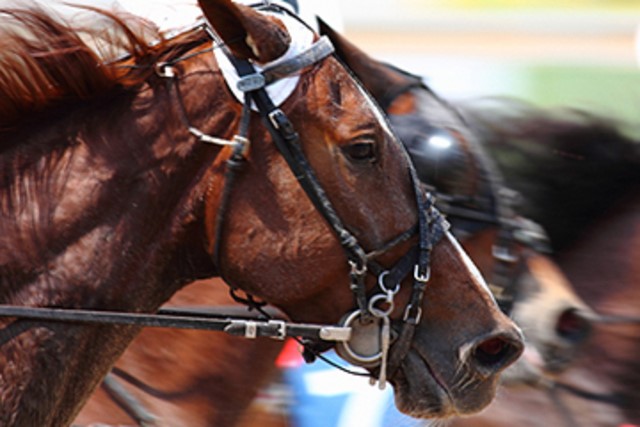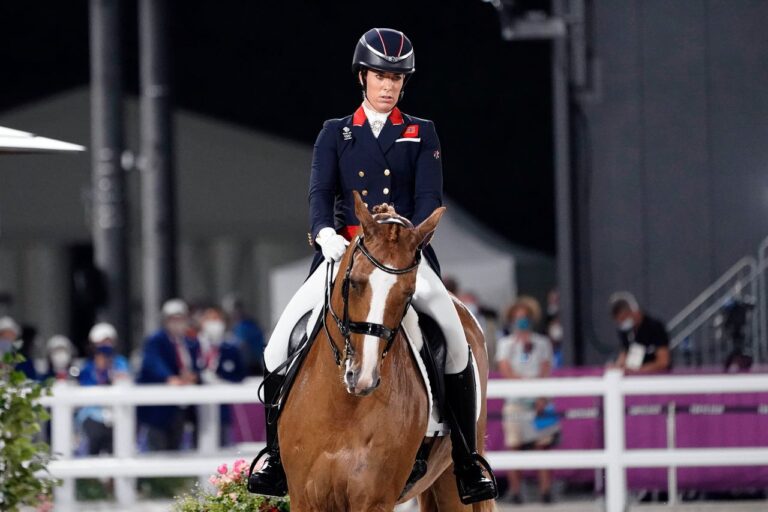Recently the UCI (Union Cycliste Internationale) – the international cycling sport organisation – published a press release regarding Denise Betsema, a Dutch cyclist specialised in cyclo-cross. The UCI decided that Denise Betsema was suspended for the duration of six months as she was found positive of anabolic androgenic steroid during competition last year.
What happened? Denise Betsema was tested positive for an anabolic androgenic steroid last year during competition and was provisionally suspended by the UCI. Anabolic androgenic steroids are non-specified substances and are never allowed. One can compare it with the ‘banned substances’ in the FEI (Fédération Équestre Internationale, the international horse sport organisation) doping regulations. Denise Betsema denied that she intentional took anabolic androgenic steroids and tried to find out what happened. After investigation they found out that her positive test was due to contaminated supplements form a Belgian pharmacist. Luckily she was still in the possession of an unopened bottle, so she was able to proof her ‘innocence’.
According to article 10.2.1. of the UCI anti-doping rules the sentence of an athlete could be reduced from four to a maximum of two years suspension in case of unintentional anti-doping rule violations. The suspension period cannot be eliminated in case there is a positive test resulting from a mislabelled or contaminated vitamin or nutrition supplement as riders are responsible for what they ingest and have been warned against the possibility of supplement contamination (see the explanatory note to article 10.4 of the UCI anti-doping rules).
In cases such as contaminated products, the UCI rules allow for punishment anywhere from a reprimand to two years suspension, depending on the rider’s degree of fault (article 10.5.1.2 UCI anti-doping rules).
The UCI decided to suspend Denise Betsema for the duration of six months; but the period already elapsed as she was provisionally suspended until the decision of the UCI. Directly after the decision she was allowed in cyclo-cross competition: in her first competition after the UCI decision she ended at a very respectable second place, with almost no time difference from the Luxembourg competitor Christine Majerus.
In the equine sport much more common is not that the human athlete is found positive on doping but the horse is found positive. Due to our experience in doping law cases we can state that the UCI and FEI doping rules are relatively comparable: in case when a horse is tested positive on a prohibited substance (a substance that is never allowed) the only way to eliminate or reduce suspension of the rider and the horse is to proof that there was no fault or negligence or no significant fault or negligence as well (article 10.4 and 10.5 Equine Anti-Doping and Controlled Medication Regulations).
When a horse or athlete is found positive on doping and the source is unknown first step is to find out what the source of the contamination is. When the source of the contamination is found outside the power of the athlete one could have a good argument with the UCI and/or FEI tribunal to reduce or even eliminate the suspension.
This article is written by Mr. Luc Schelstraete & Amanda Brouwers – Schelstraete C.S. Advocaten




